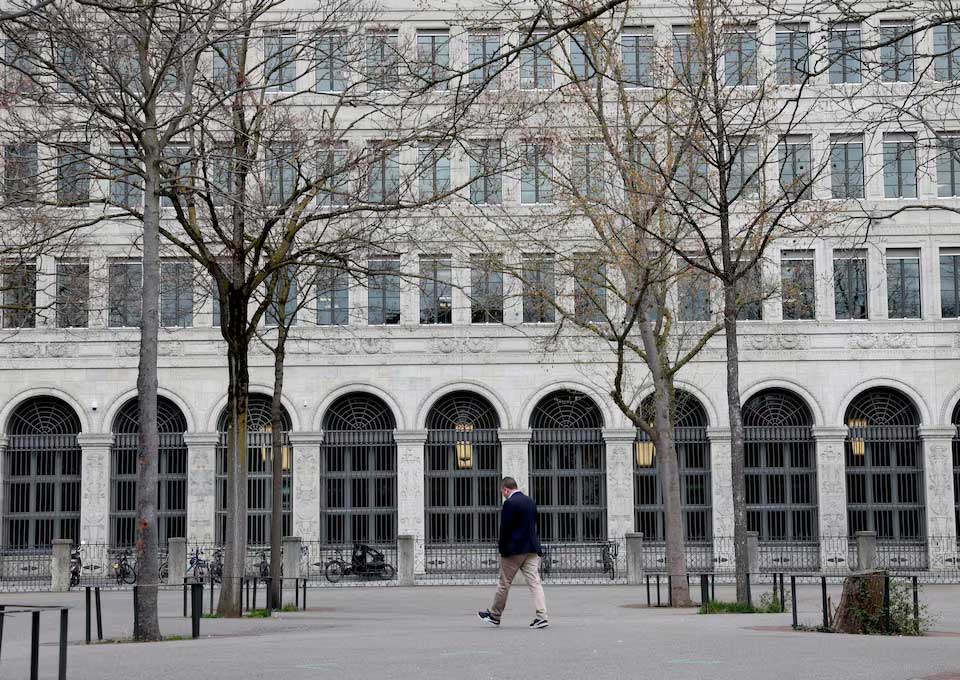LONDON: The dollar gained broadly on Monday as widening U.S. Treasury yields and expectations of more fiscal stimulus lifted the greenback against its rivals, with the euro falling to a two-week low. President-elect Joe Biden, who takes office on Jan. 20 with Democrats able to control both houses of Congress, has promised “trillions” in extra pandemic-relief spending.
Ordinarily, the extra spending plans would force investors to worry about rising inflation and its detrimental impact on the U.S. dollar in a weak economy but the currency has been supported in recent weeks thanks to rising U.S. yields.
Measured in inflation-adjusted terms, U.S. 10-year real Treasury yields are rising faster than their European counterparts. As a result, the euro fell to $1.2167, its lowest since Dec. 25, after climbing to $1.2349 last week.
“It is hardly surprising that the recent acceleration in real U.S. yields has reminded the FX markets to end its focus on inflation and to assume a more comprehensive approach in its dollar valuation,” Commerzbank strategists said in a note.
“That means: things are not looking so bad for the dollar at present that EUR-USD levels of 1.2350 and above would currently be justified.”
The nominal yield on benchmark 10-year U.S. debt is up more than 20 basis points to 1.1187% this year, helping the dollar to rise to a one-month high of 104.20 against the Japanese yen.
The dollar index has lost roughly 12% since a three-year peak in March. However, it is now more than 1.3% above the almost three-year low it hit last week. It rose 0.1% to 90.418 on Monday.
“Everyone’s asking whether this changes the weaker dollar narrative – that’s why I think we’re getting a bit of a continuation of what we’re seeing on Thursday and Friday,” said National Australia Bank’s head of FX strategy, Ray Attrill.
That has also prompted some investors to trim their bearish bets versus the dollar with net short bets on the greenback versus the euro declining to $21 billion compared to $24 billion two weeks earlier, according to latest positioning data.
Elsewhere, the hitherto soaring Australian dollar fell nearly 1% to $0.7693, unmoved by another solid month of local retail sales. The dollar also rose 0.2% to 6.4864 yuan after weak factory gate prices in China.
Euro slips to two-week lows as US yields rise
Sign in
Welcome! Log into your account
Forgot your password? Get help
Password recovery
Recover your password
A password will be e-mailed to you.






